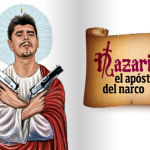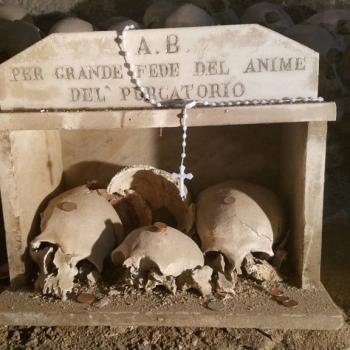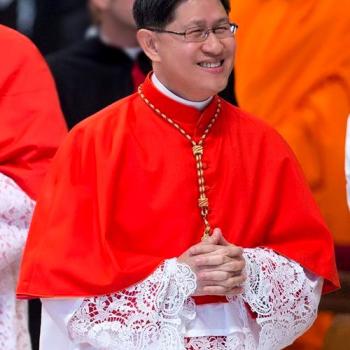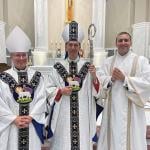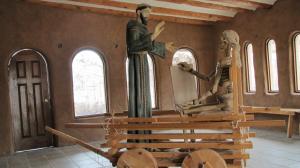
Co-authored by Dr. Andrew Chesnut and David Metcalfe*
In the U.S., the Catholic festival of All Hallowed Eve has taken on the darker image of Halloween, with haunted houses, horror movies, and the departed returning for trouble rather than tradition. In Latin America and Europe, where Catholic cultural influences have remained relatively strong, the first and second of November continue to hold their ancient ties to festivals associated with honoring, celebrating and continuing interaction with the dead.
In Mexico, before the Spanish conquest, the Aztecs dedicated most of the month of August to their goddess of death, Mictecacihuatl. While today’s celebrations are less extensive – Dia de los Muertos (Day of the Dead,) which falls on November 1 and 2, is one of the most anticipated holidays of the year. It’s a time to reconnect with deceased family members, ancestors, and friends in a convivial spirit of remembrance and celebration.
As part of the overarching suppression of indigenous religion, the Catholic Church exorcised Mictecacihuatl and moved the date to coincide with All Saints’ Day (November 1), which is also known in Mexico as Day of the Innocents for its association with Masses focusing on deceased infants and children, and All Souls Day (November 2), where the focus is on departed adults.
Visits to the cemetery to bring offerings to the dead, such as candles, flowers, and food, are common, along with offerings left at home altars. Private activities with family and friends often involve more festive celebrations including the striking sugar skulls, calaveras de azúcar, and pan de muerto (bread of the dead), which will be recognized by many readers outside of Mexico as familiar icons of the tradition. Adorned with the name of a deceased relative, the skulls are eaten as a reminder that death is not a bitter end, but rather a sweet continuation of the natural cycles of life.
Historically commemoration of Day of the Dead has been more common among working class Mexicans. However, the combined influence of the James Bond film, Spectre, and growing popularity in the U.S. has led many middle class Mexican urbanites to embrace traditions they used to ignore or even deride. In a surreal case of life imitating art, Mexico City held its first Day of the Dead parade last year, which strongly resembled the opening scenes of Spectre. From the home hearth to the world stage the imagery of Dia de los Muertos has become an able ambassador for Mexico’s cultural heritage around the globe!
*David Metcalfe is a researcher, writer and multimedia specialist focusing on the interstices of art, culture, and consciousness. In 2011 he established the Liminal Analytics: Applied Research Collaborative to focus on testing and deploying a unique combination of applied scholarship, market intelligence, digital media and social network development in order to build strategic multidisciplinary lines of communication.
He is a contributing editor for a number of popular web magazines dealing with alternative culture and is currently working on a long-term transmedia project with Dr. R. Andrew Chesnut to document the growth and global market presence of devotional traditions associated with Santa Muerte, and the sanctification of death, in the Americas.



